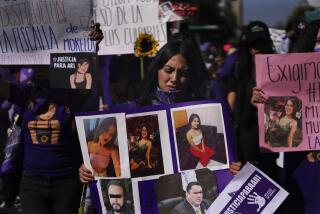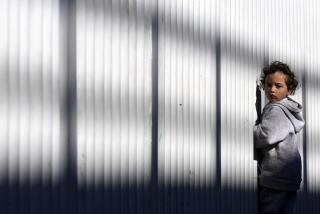Coronavirus has killed scores of Mexicans in New York. Their families are fighting to bring them home
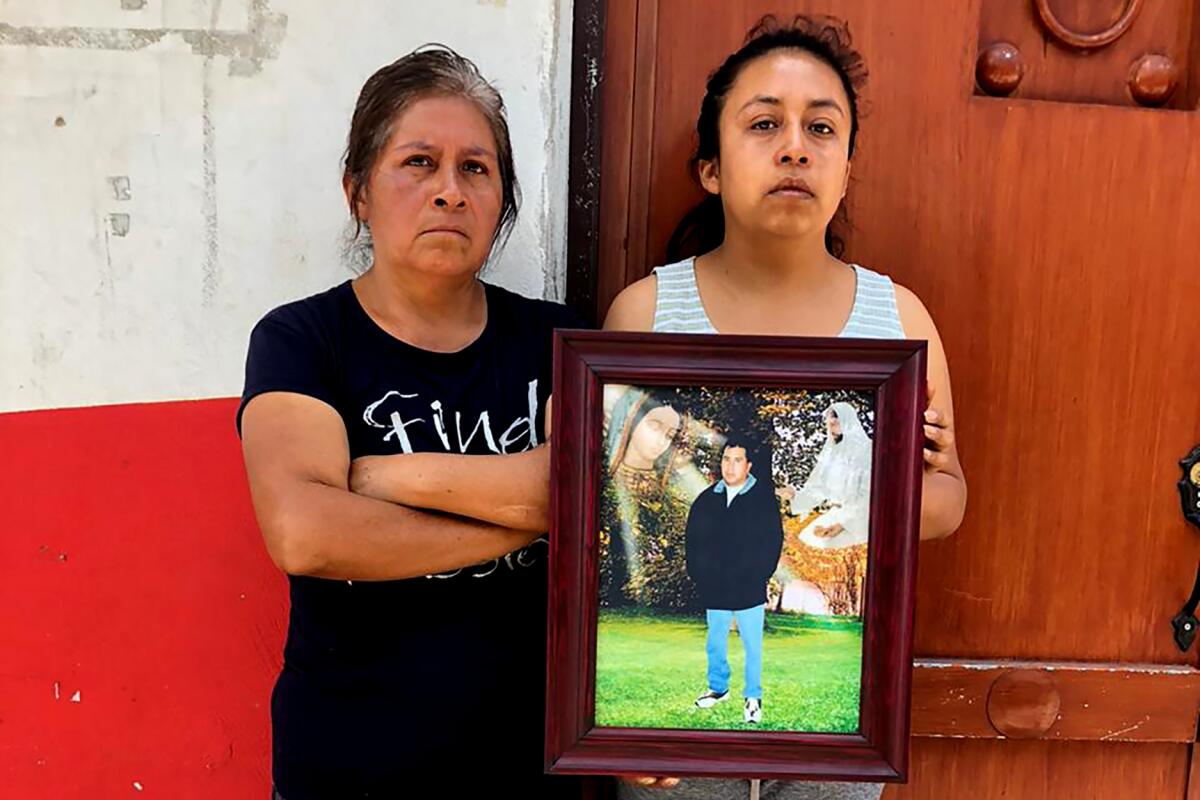
- Share via
LA MAGDALENA AXOCOPAN, Mexico — For nearly two decades, José Felix Rojas crammed into apartments with fellow Mexican immigrants in the New York borough of Queens and toiled in delis and supermarkets, dutifully wiring dollars to his wife and four children back here in the state of Puebla.
“My husband always said he would come back home, maybe next year,” said his wife, Maclovia Zacatenco. “It was always next year.”
Now it is too late.
Rojas is one of at least 150 Mexican citizens in the New York City area — the current epicenter of the COVID-19 pandemic — who have died after becoming infected, according to Mexican authorities. He was 52.
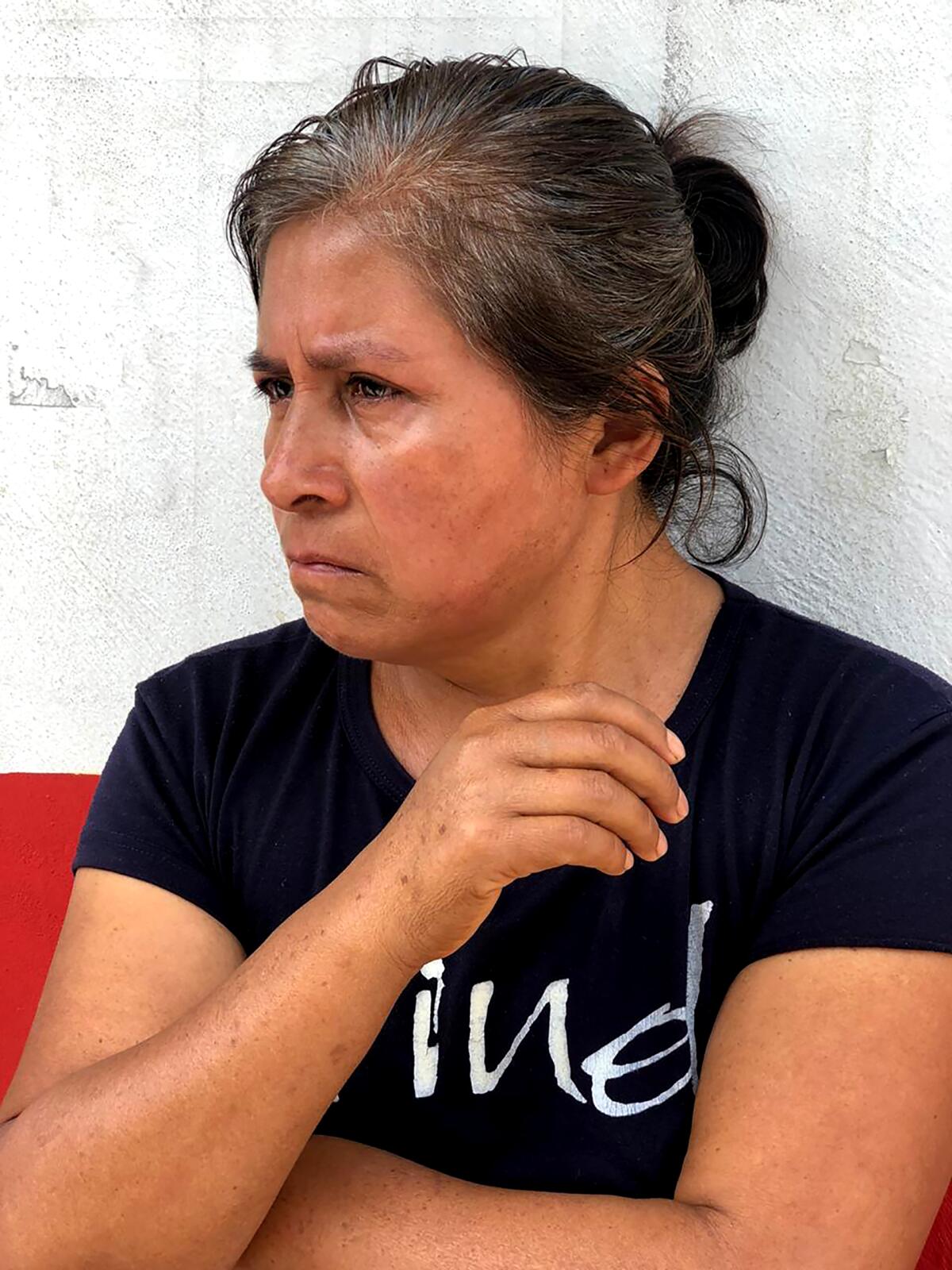
Along with intense emotional anguish and a sudden economic void from the loss of crucial providers, their families must endure another blow: The crisis has made it almost impossible to ship bodies back to Mexico for burial.
Faced with overwhelmed morgues and funeral homes in New York, few flights and delays in issuing death certificates, the Mexican Foreign Ministry has advised the families to let their loved ones be cremated so the ashes can eventually be returned.
The families are being asked to eschew the common wish to be buried in native soil and to forgo the traditional farewell ceremonies — Roman Catholic wakes, final prayers, communal viewing, public funeral services and flower-bedecked burial in ancestral plots.
The Mexican government said Friday that all its citizens who died in the United States as a result of COVID-19 remained there in morgues and funeral homes.
Many relatives keep pushing for repatriation of departed kin for interment in familial camposantos, or cemeteries, final resting places for generations of ancestors.
“I want to bring my husband’s body back, to see him one last time, to be sure he is gone,” said Rojas’ widow, breaking into tears. “We always had the dream that he would come back someday.”
::
In Rojas’ hometown, La Magdalena Axocopan, the 8,000 residents eke out a living planting plots of corn, beans and other crops in the parched landscape, supplemented by income from cattle, shops and small businesses.
But the real economic engine is abroad — remittances from relatives in New York that finance homes, businesses, education and medical expenses.

“There was no economic alternative here; that is why so many people left,” said the mayor, Pedro Maximiliano Méndez, 52, who spent more than 20 years as an undocumented laborer in Queens before returning to Mexico a decade ago to be with his aging mother. “We wanted to help our families.”
In the late 1970s, large numbers of people from Puebla began immigrating to New York. Many started out manning flower stands in all-night Korean grocery stores, before inching their way up the low-wage immigrant job scale to restaurants and supermarkets.
Today, the New York area is home to at least 600,000 native-born poblanos and their U.S.-born children, concentrated in working-class enclaves in Queens and Brooklyn and Manhattan’s East Harlem.
“Life in New York was not easy. We lived on top of each other,” Méndez explained, recalling the crowded apartments and basements shared by Mexican workers, sometimes alternating turns on beds depending on work shifts. “It was a life of work, of 18-hour days. Work, eat, sleep, and get up and work again.”
Such conditions make social distancing challenging, if not impossible, probably contributing to the death toll of Mexican immigrants.
Rojas left La Magdalena Axocopan 18 years ago. He was already 34 and had four young children, but he saw little opportunity in Mexico. He never returned home, joining the ranks of immigrants who become absentee breadwinners.
“My father was always a very hard worker,” said his eldest child, Saida Rojas, 26. “But he was also very happy, a very good-natured person who cared deeply for his family.”
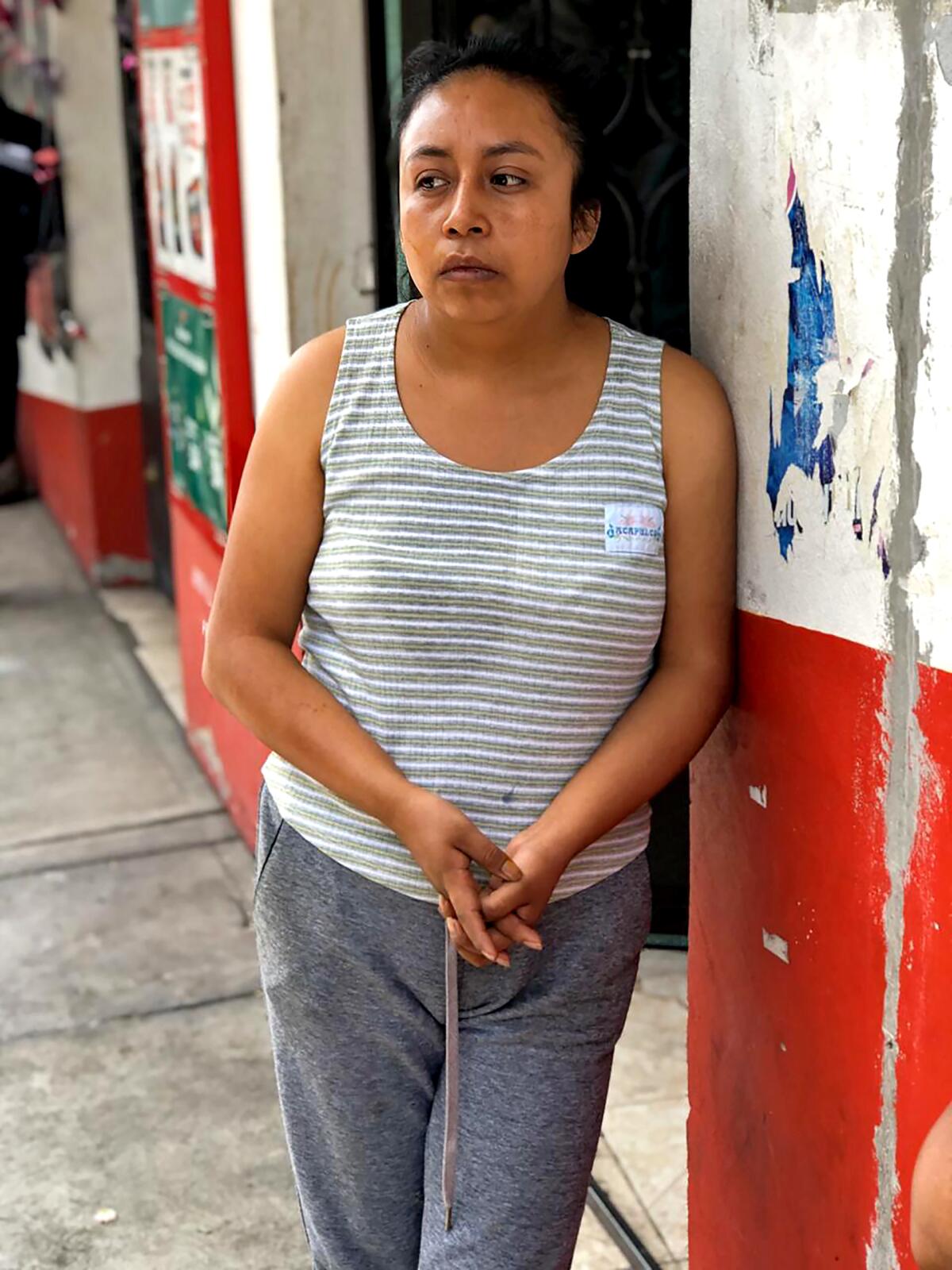
She last saw her father when she was 8.
Ever-tighter border restrictions made it difficult for Rojas and for other Mexican immigrants in the United States illegally to visit their families back home — even as their children celebrated first communions, graduations and other life markers.
His presence grew more distant, despite weekly phone calls and, more recently, video conversations. But his remittances helped buy a new family home and a small grocery store.
In the last two years, Rojas had suffered from kidney ailments, even as he continued to stack shelves in a Queens supermarket.
On the morning of March 24, as he prepared to go to work, Rojas felt ill. His brother-in-law, Genaro Zacatenco, who shared a Queens apartment with Rojas, was alarmed.
“He was completely pale, white, and I got very scared because he couldn’t talk, had trouble breathing, and then his whole body began to shake,” recalled Zacatenco, 42, speaking by telephone from Queens.
“I told my wife, ‘Call the ambulance! He’s not well!’ He couldn’t breathe or talk.”
Rojas was rushed to Jamaica Hospital Medical Center in Queens, where he died the next day. Hospital staff told the family the cause was kidney failure.
“No one mentioned coronavirus,” Zacatenco said.
Rojas’ body was transferred to a funeral home in Manhattan that specializes in preparing the bodies of Mexican immigrants for repatriation. Funeral home personnel asked for clothing for the body, travel documents and payment to ship him back to Mexico, Zacatenco said.
“We paid and they said they would take care of everything, and get the body back to where my sister lives” in Mexico, he said.
An hour or so later, someone from the funeral home called back with bad news: The report from the hospital indicated that Rojas had been infected with the coronavirus, a fact that ruled out returning his remains to Mexico.
“We have to cremate,” Zacatenco was told.
A provisional death certificate from the New York City Department of Health and Mental Hygiene said that Rojas died of “acute hypoxemic respiratory failure” resulting from two causes. The first was “bilateral pneumonia” — meaning that both lungs were compromised.
The second was handwritten in large letters across the document: “* Covid-19 Case *”
::
Mexican President Andrés Manuel López Obrador and other officials have urged immigrants in the United States to remain there to reduce the risk of bringing the virus home.
But in recent weeks, many Mexicans fleeing New York after losing their jobs have been returning to Puebla state.
At least two returnees to the municipality of Atlixco, which includes La Magdalena Axocopan, have tested positive for the coronavirus, said René León, a spokesman for the Atlixco city government.
“If we publicize the names, or even the neighborhoods where they live, it would set off panic and hysteria among the people,” he said. “We’ve already seen some cases of discrimination against compatriots who have returned. People say they carry the virus.”
Here in La Magdalena Axocopan, volunteers seated at a table one day last week in the plaza handed out surgical masks and dispensed dollops of hand-sanitizing gel to passersby.
For Rojas’ family, the focus remains on bringing back his body.
“If I could see him, even his body, then at least I would be at peace that he is gone,” said his widow. “But I can’t be at peace now, not without seeing my husband again.”
Cecilia Sánchez in The Times’ Mexico City bureau contributed to this report.
More to Read
Sign up for Essential California
The most important California stories and recommendations in your inbox every morning.
You may occasionally receive promotional content from the Los Angeles Times.

